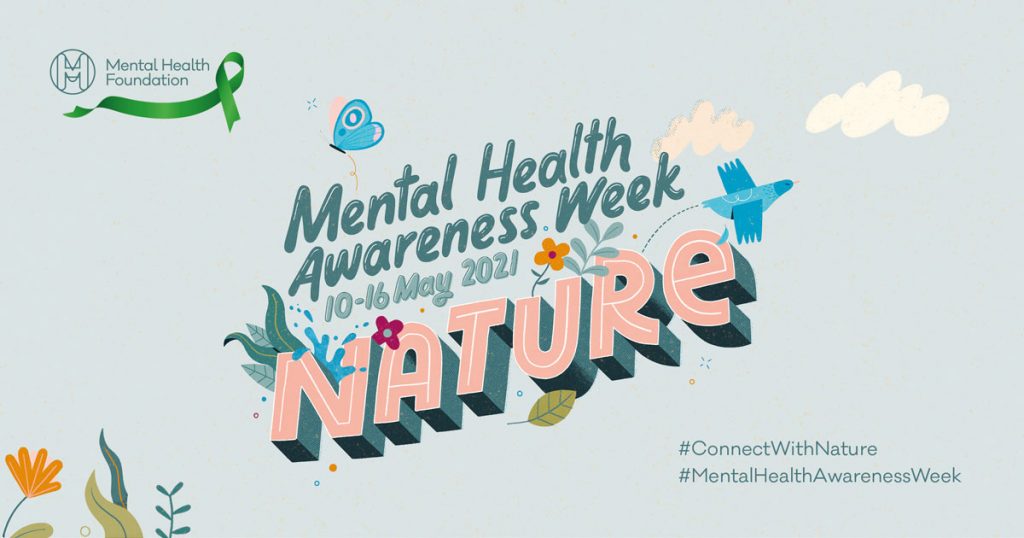Mental Health Awareness Week
This year, the Mental Health Foundation have chosen the theme of nature for Mental Health Awareness Week (10-16 May 2021). Their main aim is to inspire more people to connect with nature in new ways, noticing the impact that this connection can have for their mental health.
Stay tuned to their updates on the evidence of the powerful benefits of nature. Crucially – ‘it’s not just being in nature, but how we open ourselves up and interact with nature that counts’.
If you can, get out in nature this week and see how it makes you feel. There is evidence that contact with nature can help to improve our mental health and to reduce feelings of social isolation.
How we can support you to improve your mental health
Coaching: All of our support specialists are trained coaches, and we can help you to focus on what matters most and figure out a plan to face the road ahead. Access to coaching has a proven impact in helping people with a brain tumour and their loved ones to feel less alone, less afraid and more resourced to face the road ahead.
Click here to enquire about coaching, and arrange a session with one of our friendly support specialists.
Counselling: Counselling creates the space for you to talk through your feelings in a safe and confidential place. For example, it may be helpful for someone who is struggling to cope or feeling very anxious or depressed. Counselling tends to have a broader focus and greater depth than coaching. It helps people to explore and understand the feelings which are causing them grief and to identify and explore steps for moving beyond these feelings to make positive changes in their lives.
Read more about counselling here. We can offer free, rapid-access counselling to members of our community that need this extra support, so people with a brain tumour aren’t forced to:
- Take on the financial burden of paying for professional services
- Endure a long period on NHS waiting lists
Get in touch if you’d like to know more about counselling via brainstrust.
Feel included, not isolated: Come along to a Meetup
During the pandemic, the whole world got a taste of what it’s like to feel isolated from others. But for many people with a brain tumour, this was not a new experience.
Connecting with people who have shared experiences is so important. When you’ve been diagnosed with a brain tumour, talking to people who understand what that’s like can be instrumental in helping you accept your new normal and new friends can be an invaluable resource to help you cope with the challenges a brain tumour brings.
Find all of our events here. We have Meetups for everyone, as well as tumour specific groups (Meningioma, GBM, Low Grade Glioma) and groups for caregivers, teens and parents of children with a brain tumour.
Feel on top of things, not overwhelmed: We’re here when things get tough
Click here to see how we can help you when life with a brain tumour is overwhelming. Our event on 18 May will explore techniques that you can put in place to feel in on top of things.
Remember that we are here to help – give our helpline a call on 01983 292 405 to talk to someone now.










